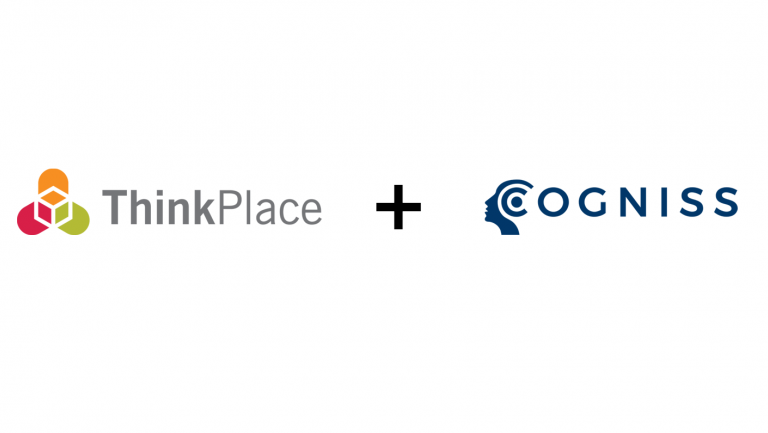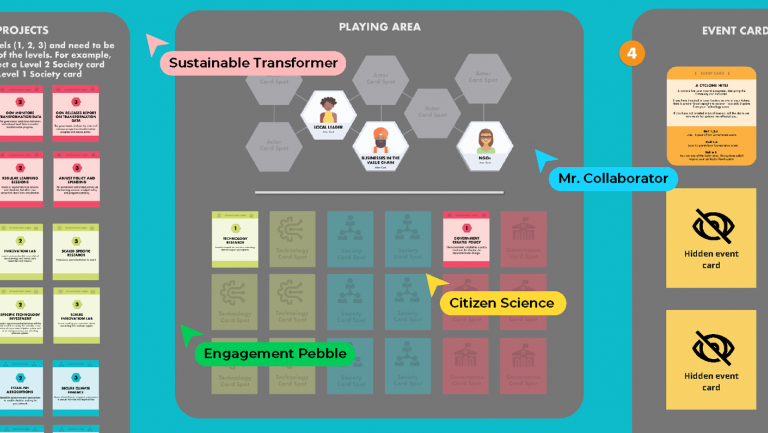Sign up for our monthly newsletter

When the speed of change shifts... so should the speed of innovation.
Stop dropping those breadcrumbs; you aren’t going to need them. The path that got us here will not be the one we take forward.
As leaders, as change agents and as people who set out to design things for people, it’s natural to want to get back to where we were, as quickly as is safely possible.
We do not want to lose what we have already achieved. We are keen to continue the important work of tackling the challenges that matter.
We’ve seen so much change in recent months. It has been convulsive. And this operating environment throws up both a new burden and a new opportunity. Companies and organisations that can out-innovate the virus will be the ones that survive and flourish.
What do I mean by that?
It doesn’t mean those who are in the lab, trying everything to develop and test that so-far elusive vaccine (though we are thankful for their efforts).
It means that when the speed of change suddenly shifts, so should the speed of innovation. When I work with companies and organisations all over the world to help them grow their ability to innovate I usually define innovation as “change that outperforms the norm”. For decades this definition held true. But guess what?
Right now there is no norm. Only upheaval. And opportunity.

It’s natural in this situation to wish for safe harbour. But here is the truth: The only way back to the security we recently enjoyed is forward. Leaders with courage suddenly have a licence to go for it. And that’s pretty exciting.
We’ve seen in recent months governments around the world deliver interventions that would have previously been unthinkable. They’ve executed in days reforms that orthodoxy would have told us might take years.
When I visited the Bill and Melinda Gates Foundation in Seattle once, I saw a well-known African proverb written on the wall.
If you want to go fast go alone. If you want to go far, go together.
But these are different times. Right now we need to go fast together.
In such a moment strategic designers are more important than ever. Moving fast does not have to mean rushing. It should not mean cutting corners. It will mean rebuilding via step changes and a new collectively-shared, collaboratively-formed idea of what is possible.
It is time to reimagine your project or your organisation as it needs to be, not as it has been. Organisations that emerge from lockdown have a once-in-a lifetime opportunity to dramatically recast themselves.
I’ve been spending some of my time really thinking about what is going to matter as we emerge out of this.
The exciting idea that I am focusing on is bringing together big data analysis, via machine learning and artificial intelligence, with the collaboration tools, mindsets and experience we have long nurtured at ThinkPlace.
This idea is not new but it does have new importance.
Covid has shown us the importance of having a clean windscreen for those who make decisions and guide organisations. Nations that have been able to get a clear sense, via contract tracing and modelling, of what is actually happening have been far more successful at designing and executing health interventions that work.

In the past, where big data has been effectively used to guide service design and delivery, the mentality has often been sequential. Let the boffins, the analysts (or the computer) crunch the numbers. Assemble the evidence. Then call in the designers to use that evidence to create the new and better thing.
We are doing something different.
In the ThinkPlace we are building there will be an ongoing, synergistic back and forth between data and design. We won’t do one and then the other; we will do both at once.
Design thinking and human-centered design have proven themselves brilliant tools for tackling complexity. But as that complexity rises exponentially, we need the power of algorithms and computers to help the designer understand the problem space. The designer brings deep expertise at how to drive empathy-based collaboration and guide teams of people towards making change.
While there may no longer be sequential stages there are three key aspects to this way of working. Expert human and artificial intelligences will be harnessed to find and access relevant data, match and analyse it. Algorithms are not perfect but this is where their power will be a force for positive change. Computational power will allow us to see problem spaces with new detail and new clarity.
That’s a very good thing.
But data on its own can not be an effective guide for design and decision making.
Our team has worked to build and sharpen sector-leading capability in data visualisation. Here is where we begin the process of humanising data, making connections and finding stories. What skills can we bring to bear so that we represent the relevant data analysis in ways that shed light, reveal hidden truths and spur action-oriented design for something better?
The third aspect, of course, is the design work itself. We already know that the methods we use as human-centered designers are the best way at tackling the kind of challenges that arise in complex systems. As those systems and those challenges grow in complexity, we will increasingly need new approaches to data analysis and visualisation to keep up. We’re already doing that at ThinkPlace and the results have so far been exciting.







